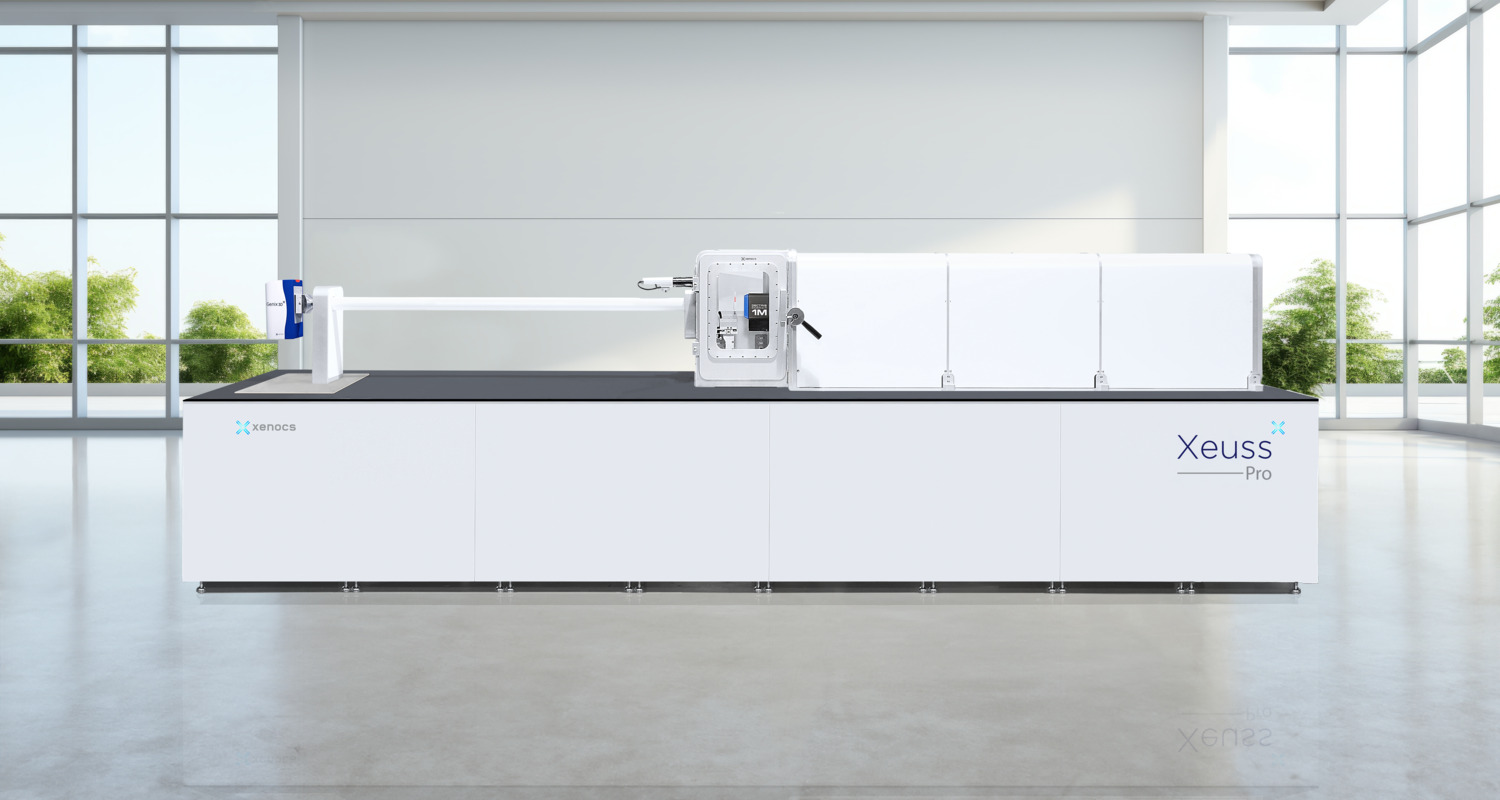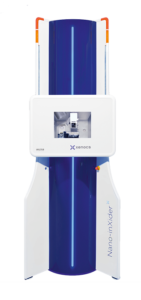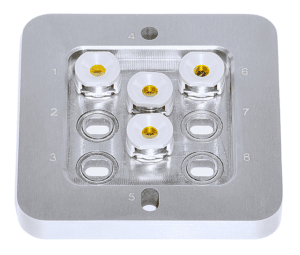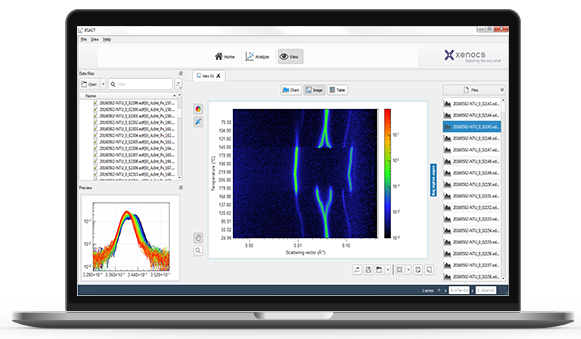Food science
Characterization at the nanoscale can help you find answers.
With X-ray scattering in your lab, you can for example:
- Monitor the size, shape and stability of fat globules in dairy during processing and digestion and characterize the chain length and organization of crystal polymorphs in fat crystals
- Determine the crystalline fraction and lamellar structure in starchy food during in-situ studies and follow temperature dependent gelation behavior
- Find the characteristic distance and fractal dimensions in an oleo-gelator network
- Investigate the structure and size of polysaccharides and proteins in hydrated systems
Using SAXS to characterize dispersions in functional foods
Small-angle X-ray scattering is an ideal technique to study the morphology and stability of liposomes, these self-assembled compartments can be used as carriers for functional food and drugs.
X-ray scattering techniques are ideally suited for turbid samples
Morphology, stability, internal structure…
What are you looking for?
Some of our customers
using X-ray scattering for their research in food science


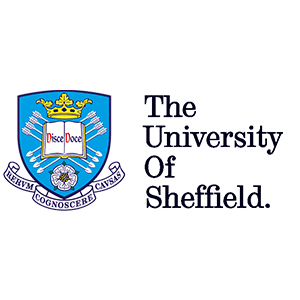
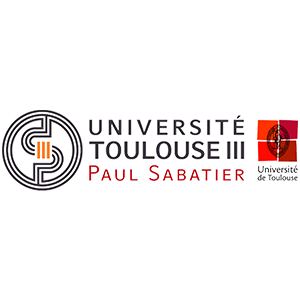

“SAXS and WAXS (and complimentary neutron techniques) are the cornerstone of almost all our research. For example, in bio-related nanoscience it is crucial to have non-invasive techniques to probe structural details at the nanoscale. In general, scattering methods with associated modeling expertise allows unique information to be extracted from a plethora of systems in soft matter science”
Jacob Kirkensgaard, Ph.D.
Associate Professor, Department of Food Science, University of Copenhagen
Customer publications
Discover how scientists use Xenocs instruments for their research & publications
Products
Discover our products relevant to research in food science.
Xeuss Pro
The Ultimate Solution for Nanoscale Characterization using SAXS/WAXS/GISAXS/USAXS/Imaging
